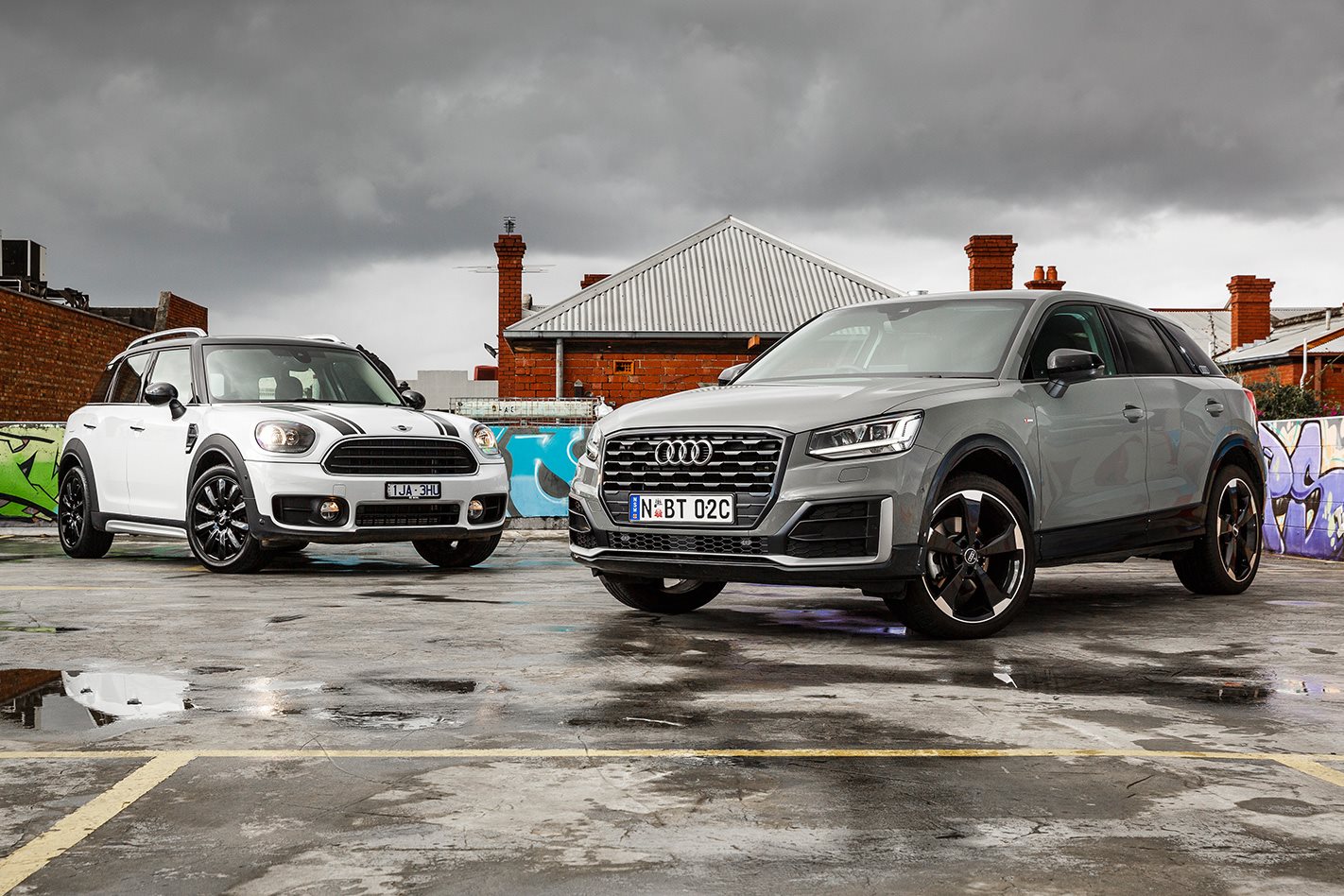AS anybody who had a mullet or a perm in the 1980s will tell you, fashion has an awful lot to answer for. People make weird choices in the name of it, and even cars fall victim to it.
In the early 2000s a nostalgia craze was plundered by carmakers. Chrysler had the dreadfully underdone PT Cruiser trading on looks alone. Form overlooked function when VW resurrected the Beetle as a four-wheeled handbag around the same time, and numerous other forgettable, fashion-focused vehicles have been and gone. But not every style savvy car is mutton dressed as lamb.
Since the Mini brand’s reimagining by BMW in 2001, its playful and accessible city-slicking hatchbacks have fruitfully fused retro style with modern substance far more readily than the glut of other throwbacks.
Then in 2011, model diversification sprouted a chic, premium offering for the en vogue small-SUV segment. But as little more than a jacked-up hatch, the original Mini Countryman never quite lived up to its SUV billing, and left us wondering whether it was just another fashionable failure.

It’s immediately clear that Mini has made real inroads towards practicality for the Countryman’s second go around. It’s much more SUV-made-Mini than a Mini worked into an SUV, and brings a new functional side to the table in the nick of time, ready to defend its niche against a debutant challenger from Audi.
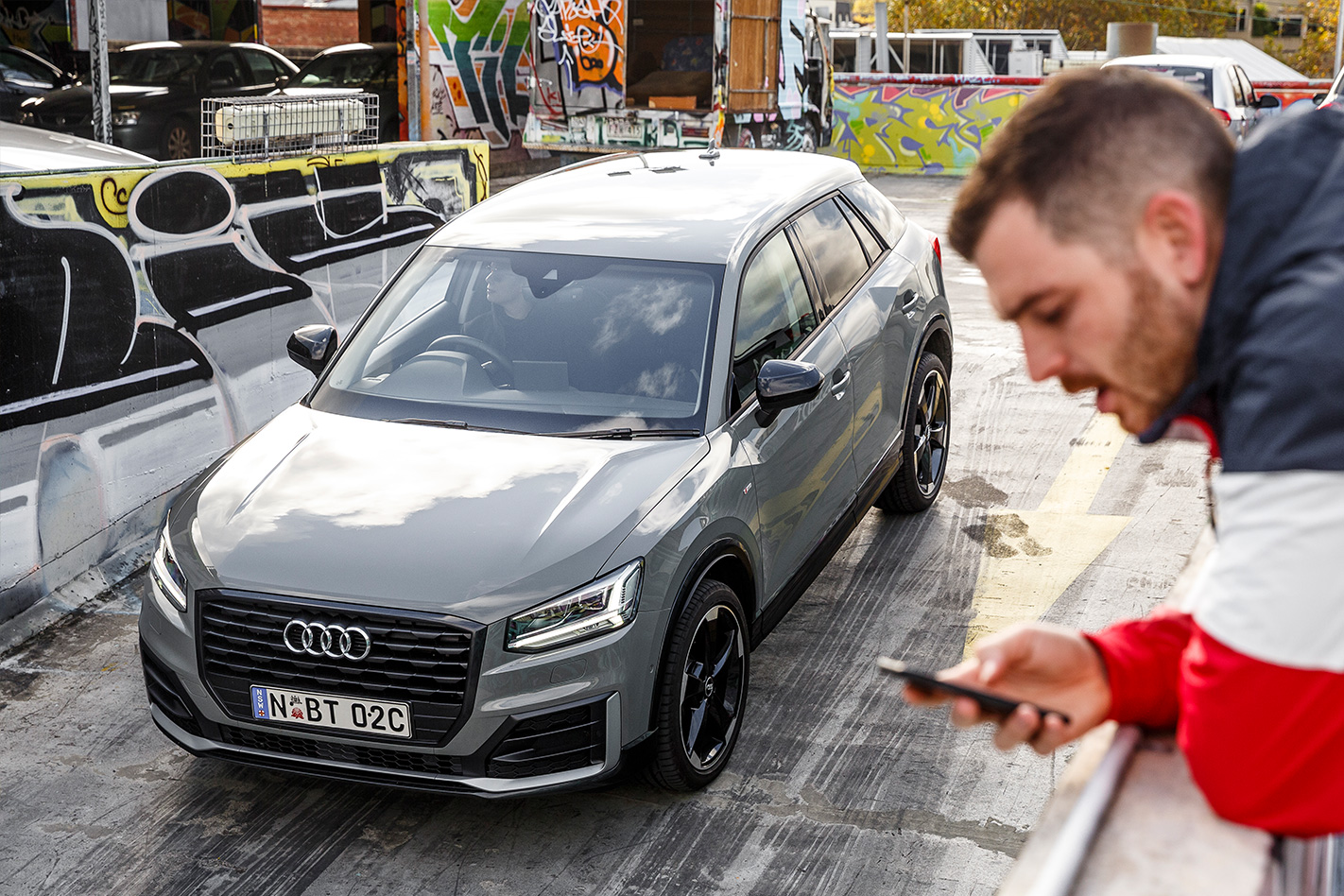
A pinch over $1000 separates the entry-level variants of the two. Additional standard kit for the Mini Countryman Cooper has seen its price rise by $3400 compared to its predecessor, but it’s still the more affordable car here at $39,900, with the Audi Q2 Design starting from $41,100. Sadly, a bare-bones Q2 was unavailable for our comparison, leaving us to evaluate the Q2’s merits in the form of the dolled-up Edition #1 version of the base car. A sizeable chunk of early Q2 adopters have sprung for the extra tinsel with a total price of $47,800.
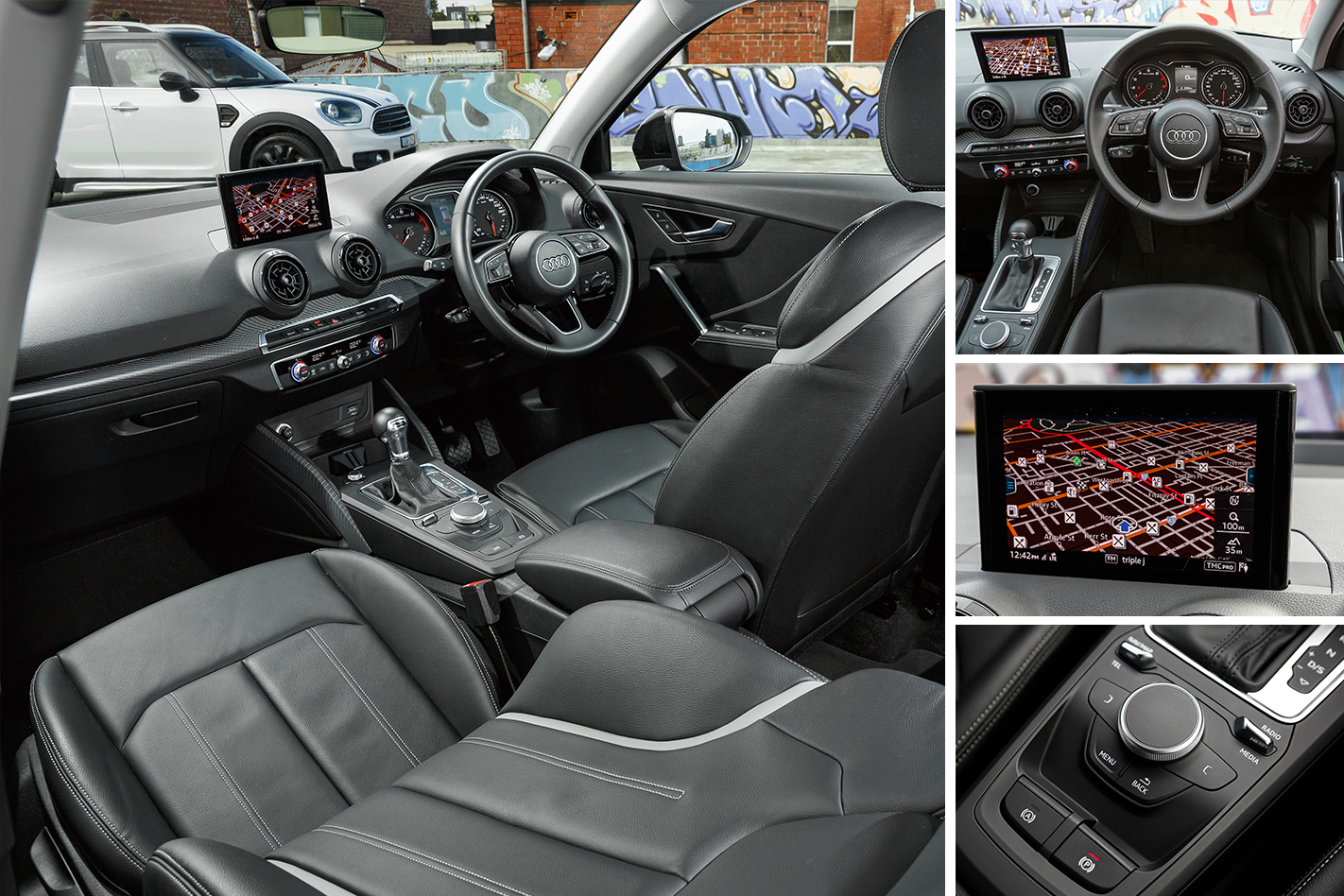
Look past the frills and these two present as a neat match; style-focused, upmarket and right-sized for Euro city life. But which of these design exercises most convincingly marries form and function for the tech-savvy, urban-dwelling singles and couples of Australia?
The Q2’s sweet 1.4-litre turbocharged four-cylinder engine makes a solid case early on, edging the Mini out both on paper and the road. Its 110kW and 250Nm outputs shade the 1.5-litre three-cylinder turbo Countryman’s 100kW and 220Nm by 10kW and 30Nm.
As well as its extra twist, the Q2, at 1280kg, is 110kg lighter than the Mini. It feels brawnier under hard acceleration, a sensation that’s backed up by brisker performance figures everywhere above 50km/h – particularly in the 80-120km/h zone where the Q2 bests the Mini by almost two seconds (5.6sec versus 7.4sec). The Audi’s effortlessly elastic engine is a highlight; velvety smooth, and strong enough to give the Q2 the sportier disposition its coupe styling suggests.
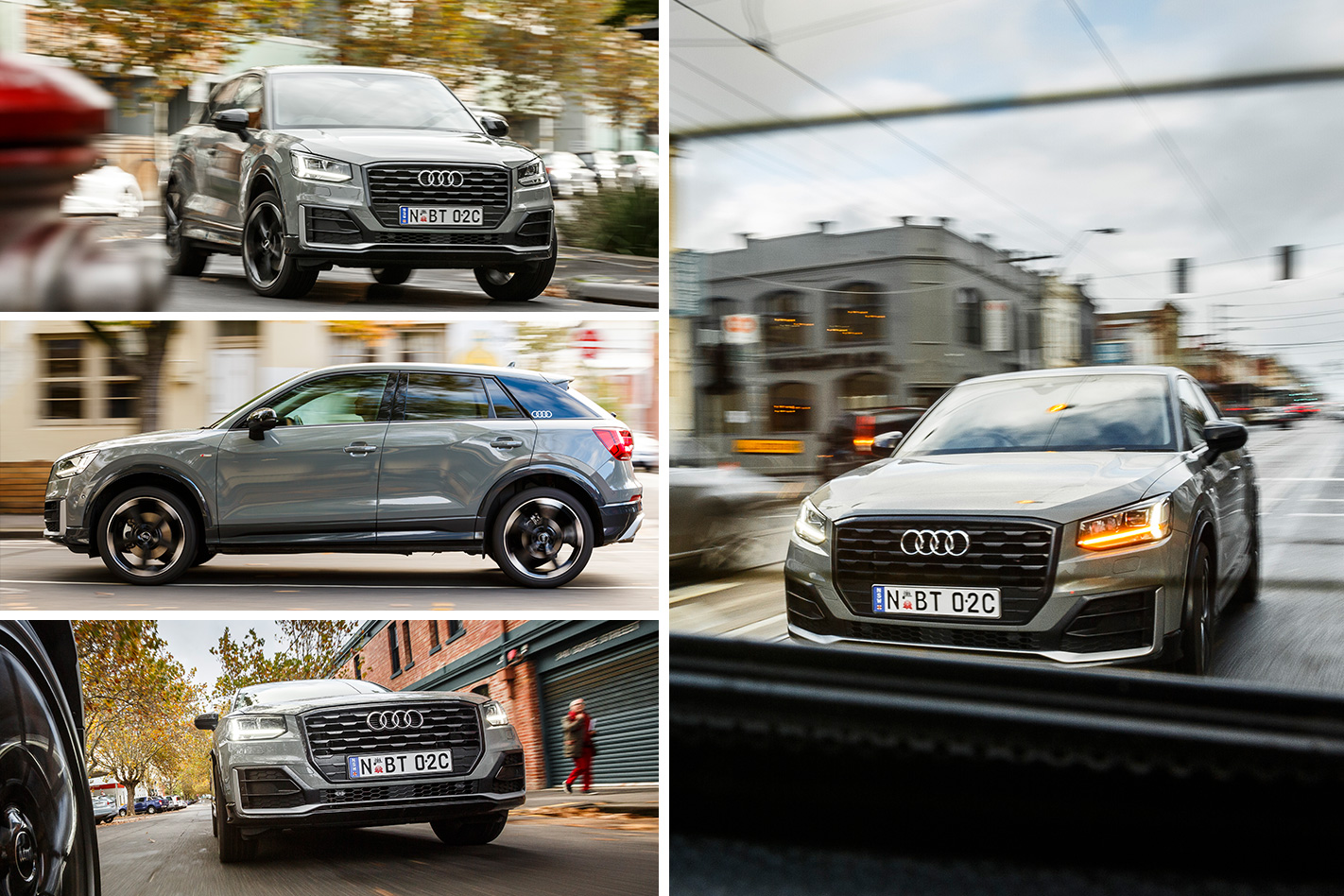
Not that the Mini’s lively 1.5-litre turbo is without its own charm and enthusiasm. Give it a prod and it winds up willingly with a gratifying three-pot warble. The thrum grows as the tacho needle passes through a broader band of peak torque than the Audi, from 1400 to 4300rpm, and on to a higher 6400rpm rev cut. The Cooper makes do with one less ratio than the Q2. Its conventional torque converter automatic gives it the upper-hand for initial smoothness, but it suffers from languid transitions as the Mini gathers speed, even when slipped into Sport mode. Yet around town it’s difficult to fault, and is easier to live with in traffic.

The Mini’s pragmatic quest for grown-up appeal sees it adopt a more mature ride and handling trade-off. Softer suspension results in greater body movement and a loping gait, with enough compliance to carry more speed than the Audi over poor roads. It’s not always settled or supple, and its steering lacks the responsiveness of the Audi’s. But the Mini is easily the more comfortable car, even on standard 18-inch run-flats, and especially for rear seat occupants.
Much of the Countryman’s newfound sophistication lies in the revised UKL platform on which it now rides – shared with the BMW X1, but with a more compliant tune here. The Mini pivots fluidly, the front and rear axles interacting coherently to get the car pointed with an encouraging zeal that more powerful Countryman variants should fully exploit.
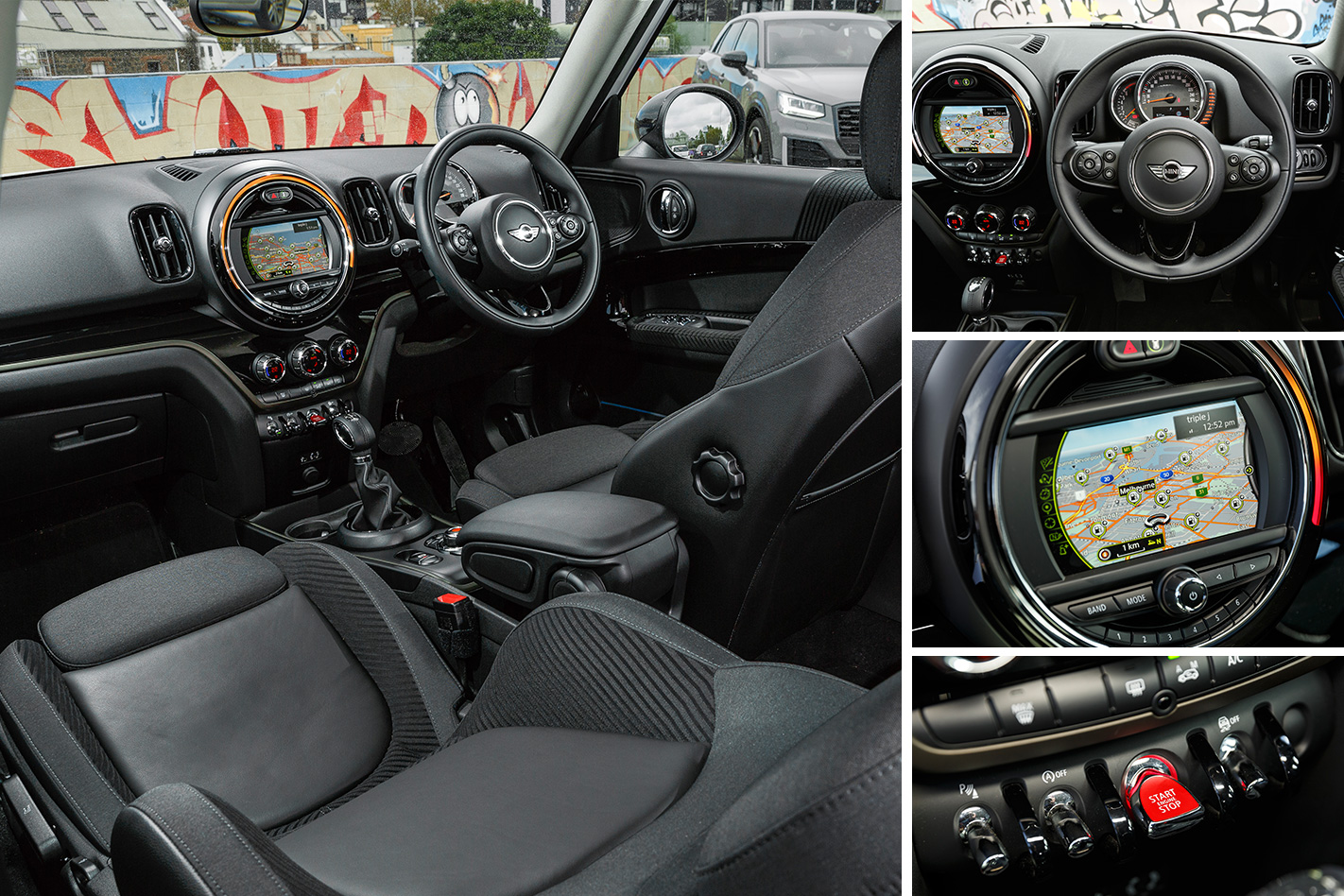
That said, the Q2 does a fine job dynamically with the set-up at its disposal. Its relatively simple rear axle seemingly contributes to reduced turn-in eagerness compared with the Cooper, but it faithfully follows the fast and accurate front end. Steering finesse isn’t a problem for the Audi. It’s not like an SUV at all, instead responsive, planted and chuckable, and closer to the fun of a warm hatch in seat-of-the-pants feel.
What did trouble the Q2’s swagger was the 19-inch wheel and tyre package, two inches bigger than standard and fitted as part of our test car’s Edition #1 option pack. Stiff, shallow sidewalls at each corner emphasised the Q2’s firm ride by telegraphing information about every rut and bump into the cabin.
Coupled with significant road noise, there’s nothing about the upgrade that appeals from a comfort point of view. In this trim the Q2 is crying out for adaptive dampers. What the sportier Bridgestone Potenza rubber does offer is composure at speed and the grip to carve through a corner without being knocked off line, despite the tetchy ride.

The Countryman is markedly quieter without the tyre roar of the Q2, and its cabin is brimming with equipment that the Audi simply doesn’t match. Both cars have auto emergency braking, reversing camera, sat-nav, dual-zone climate control and Apple/Android smartphone integration as standard. But even in base trim the Countryman goes much further.
Adaptive cruise control, pre-collision warning, self-parking, auto high beams, powered tailgate, keyless entry, push-button start, digital radio and front lumbar support are all there in the lesser-priced Mini but missing from the Q2. The gulf widens once you move to the back seats.
Both cars have map lights for rear occupants, but only the Mini boasts rear air vents, fabric door coverings, map pockets, grab handles and a reclinable and sliding rear bench with 40/20/40 split folding that gives it superior versatility on top of a bigger cargo bay – 450 litres versus 405 litres.
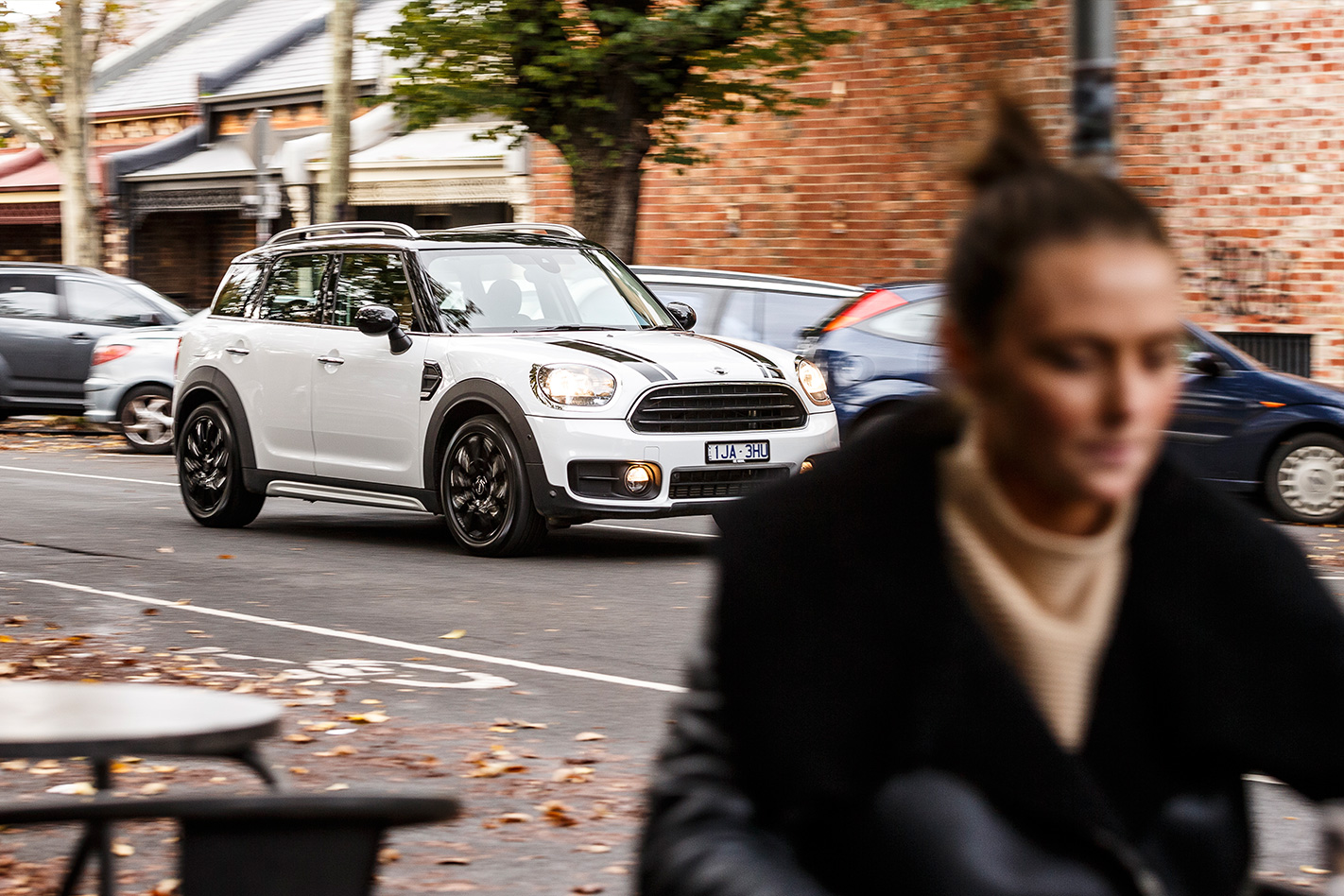
The Q2 is totally on-brand and a cut above both from a dynamic perspective and in the way it looks, but its high price even before options, relatively basic standard equipment list and iffy packaging leave it trailing the Mini’s all-round ability.
Such a value difference more than makes up for the Mini’s softer-than-expected dynamics. While there’s a whiff of disappointment that the Cooper’s sensible new approach means it doesn’t fully capitalise on the inherent positives of the platform, it is more agreeable on the types of roads these cars will spend most of their time. It’s also far better equipped to satisfy the expectations of buyers stepping up to a premium alternative out of mainstream baby SUVs such as the Mazda CX-3.
For those reasons it’s the Countryman by a nose in this hard-fought tussle.


